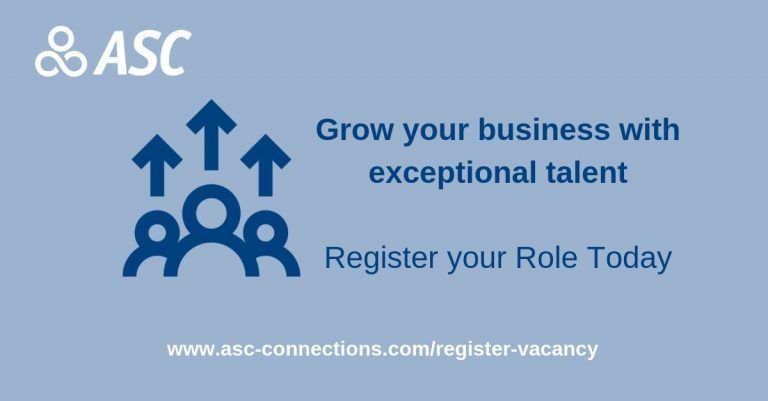6 ways to get your job advert noticed
ATTENTION!!! TO GET YOUR JOB ADVERT NOTICED YOU NEED TO MAKE IT STAND OUT.
We’re not saying you need to write your entire job advert in capitals, that would be a little extreme but it’s time to re-think the way you write your job adverts.
Furthermore, the current UK unemployment rate stands at 3.8% (as of June 2019), this is the lowest it has been since the last quarter of 1974. Great news for job seekers but for employers, it can be a challenge to find the right person for your business. Now more than ever, you need to grab the attention of great people.
You can start that process in the job adverts you write. Unsure where you’re going wrong? Well, we’ve had years of experience and regular training to understand what works best. Read on to find out how to get your job advert noticed.
1. Have you optimised your job advert?
In July 2018, Google launched a new feature called Google for Jobs. Just like how you would search for products, it brings jobs into a nice visual list. Google advised it created the new search technology after seeing an increase in people searching for jobs through the platform. It wanted to improve this experience by providing better results.
You cannot post to Google directly, it searches to see if there are jobs on all business websites and it works with some of the major job boards.

Key points to get your job advert noticed on Google:
- Add a postcode to your advert
- Keep your job titles simple
- Don’t spam your advert with the job title
- Include keywords (i.e. software packages or qualifications).
2. Keep your job description short and sweet
Research suggests that 500 words is a good length for a job advert and this length or under increases job applications by 12%. 500 words is about a quarter of a page, just to give you an idea on length.
Make use of bullet point lists. This will help the main points stand out and make it more appealing to the reader. But, ensure they aren’t exhaustive lists.
3. Talk to a candidate, not at them
Think about the language you’re using when writing your job advert. Is it engaging? Using language like ‘we’re looking for a marketing executive to join our team’ will not jump out as much as ‘are you an ambitious marketing executive looking for your next career move?’ Write as if that person is in front of you.
When you write about the experience and skills required, make it appealing. Use language like ‘if you’ve got the following we’d be keen to hear from you’. And, as mentioned before, don’t make it an exhaustive list, just focus on the attractive parts of the job.
Keep this enthusiastic and friendly voice throughout your advert to ensure the candidate keeps reading and stays interested in your role and company.
Also, do not forget to advise how they can apply and what the process will be. For example:
‘Interested? Apply today by submitting your CV to xxx@xxx.com If your application is successful we will be in touch in the next 5 days’.
4. Include a salary

Where possible, include a salary and salary range on your adverts. Why? A job without a salary could be dismissed if the candidate believes you’re not revealing salary because it is lower than the average.
Salary ranges also help as you are likely to get more applications as candidates of different experience levels may apply. This will mean you could see someone with great potential who is a great fit for your company who may not have applied had you just listed one salary.
5. Sell Sell Sell
We’re in a candidate shortage, the need to stand out as a company is imperative. A job advert is your opportunity to really sell your company and the role to a candidate. Why should they come and work for you?
Think about why working at your company is different such as the culture, benefits or any awards/partnerships.
6. Spelling and Grammar
What could be worse than a candidate spotting a mistake in your advert? It could portray to a potential candidate that you are not serious or your culture and management style is inconsiderate.
We always advise running a spell check and getting one other person to check your advert before it goes out. Just to dot the I’s and cross all the T’s.
We hope this has been a useful guide for you and that you start to receive more and good quality applications.
f you need support to recruit quality candidates, why not register your role today and we’ll be in touch. Alternatively, contact a member of the team who specialises in your sector to see how they could help you.


Rebecca Crowther is a Marketing Executive for ASC Connections. Her love for writing started when she was young. In her current role, she loves creating content to support candidates on their career journey and help clients hire talented individuals.
SHARE BLOG


